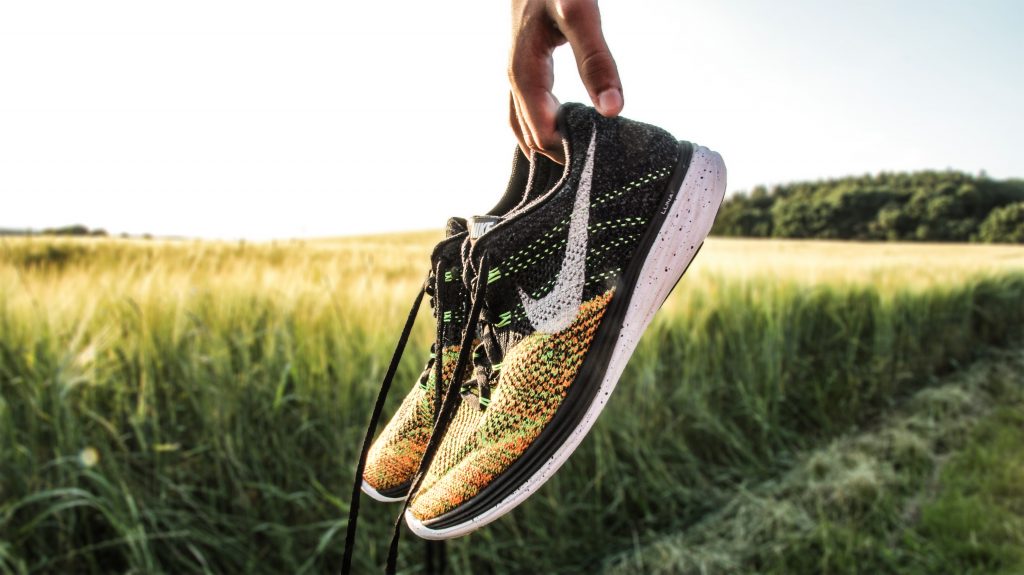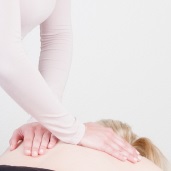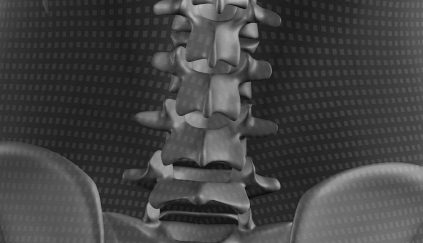 Medical literature places all those with low back pain that have no pain down the legs or other nerve or medical features into one group “non-specific low back pain”. It is a large group (approx 80%) of all people who have low back pain. So how do we best help such a large group of different people with non-specific low back pain? Every person is different in their physical makeup and past experiences. We cannot separate the ‘who’ you are from the ‘what’ is wrong when answering this question.
Medical literature places all those with low back pain that have no pain down the legs or other nerve or medical features into one group “non-specific low back pain”. It is a large group (approx 80%) of all people who have low back pain. So how do we best help such a large group of different people with non-specific low back pain? Every person is different in their physical makeup and past experiences. We cannot separate the ‘who’ you are from the ‘what’ is wrong when answering this question.
5 areas worth considering when helping someone with non-specific low back pain.
1. How much sitting do you do? As a nation, we are now sitting more than ever before thanks mostly to computers. Remember the message from Dr Mike Evans and his 23 1/2 hrs video! If you haven’t watched it, click here to learn what’s the single best thing we can do for our health.
2. How much movement/exercise do you do? Too much of any position can make us sore, and simply doing something different can offset that. Walking to counteract the sitting can help those who have pain with sitting. If that is you, start a regular walking program.
3. The way you move can predispose you to pain. Dr Peter O’Sullivan is a world leader in researching back pain and remains a practicing physiotherapist in WA. His research looks into sub-classifying mechanical low back pain into which movements increase it and improving how you move to reduce it.
4. Core strength – this actually has the least amount of research behind its benefits. Sometimes strengthening the back and abdominal muscles does work (as evidenced by those doing pilates) but other times it creates pain.
5. Stress levels – this is a common contributor to low back pain. Occasionally it is the main cause of the pain but often being stressed just makes your pain worse. There are lots of resources to help in this area but starting with your GP is a good option.
Management needs to identify and address all of these factors. Get moving if you aren’t already (if the pain allows you). Get out of the chair as much as you can. Look at what movements or postures make the pain worse – that’s where your physio can help the most! Consider your stress levels relative to the pain. Lastly you can start core exercise/pilates if there is no increase in pain – note there are many types of core exercises and choosing the right level and having the correct technique is important. Sometimes it helps because it’s just another method of getting you out of the chair and active.
It’s a lot to consider but if you have back pain that is affecting your life then you need a physiotherapy assessment. We will get you moving in the right way. Let us know if we can help at 4921 6879 or email admin@numovesphysiotherapy.com.au.
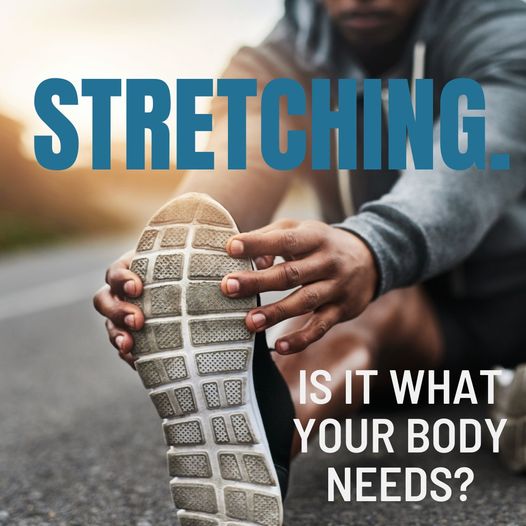


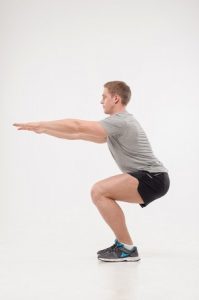 We all know the old posters showing correct lifting technique. An ominous red cross stamped atop a person bending the back to pick up a box. The message was clear “keep the spine straight and move through the hips and knees when lifting”. After all, many back injuries result from lifting with a rounded spine. However, what if there is no load or you are not lifting? Is it unsafe to tie our shoes, or play with the kids? This message has been misinterpreted somewhat. Fearing bending the back (spinal flexion) when it is not under load in some cases can lead to persisting back pain. The problem is that if we don’t move and stretch our spine, it can become inflexible and tight, possibly leading to further injury. Maintaining flexibility and stability throughout our spine is optimal to allow us to perform everyday tasks and reduce back pain.
We all know the old posters showing correct lifting technique. An ominous red cross stamped atop a person bending the back to pick up a box. The message was clear “keep the spine straight and move through the hips and knees when lifting”. After all, many back injuries result from lifting with a rounded spine. However, what if there is no load or you are not lifting? Is it unsafe to tie our shoes, or play with the kids? This message has been misinterpreted somewhat. Fearing bending the back (spinal flexion) when it is not under load in some cases can lead to persisting back pain. The problem is that if we don’t move and stretch our spine, it can become inflexible and tight, possibly leading to further injury. Maintaining flexibility and stability throughout our spine is optimal to allow us to perform everyday tasks and reduce back pain.